SINP scientists have tested the surface of the mirror of the space telescope TUS for defects.
At the end of February during complex tests of a scientific equipment complex of "Lomonosov" satellite elements of the space telescope TUS were tested. In particular, SINP scientists have tested geometric characteristics of the mirror of TUS space telescope for defects and stability of parabolicity of mirror segments sectors using a bench of "parallel lasers" (see Photo 1).
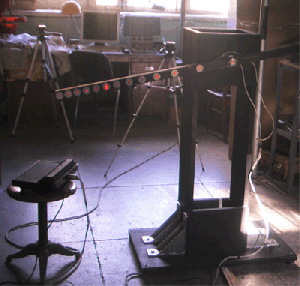
Photo 1. Bench of parallel lasers.
Mirror is one of the most important parts of TUS telescope. It is manufactured according to principle of Fresnel mirror and consits of 7 hexangular segments - one central and six identical lateral one (see Photo 2).
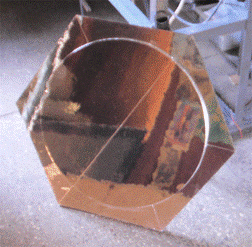
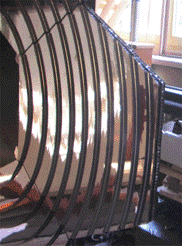
Photo 2. Central segment, lateral segment.
Segments are arranged in the form of "camomile" and manufactured according to the principles of Fresnel mirrors. Possessing small construction depth they provide concentration of the falling parallel light beam with a focus distance of 1.5 m (Photo 3).
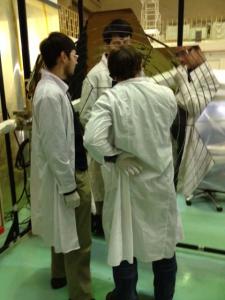
Photo 3. Visual testing of the mirror for presence of defects.
The mirror is intended for operation in outer space at temperature ratio from minus 80°С up to plus 80°C. Stability and steadiness of geometric parameters of the mirror within so wide temperature range is provided by using of carbon composite material with zero linear expansion coefficient in its structure.
In order to achieve maximum reflection of the mirror in optical and near ultraviolet wavelength ranges extra pure aluminium is used as a reflective coating and magnesium fluoride (MgF2) is used as a protective layer. This combination provides necessary reflective characteristics and provides protection of mirror coating from atmospheric oxygen.
After passing the tests in order to protect the mirror from casual influence it is covered with a protective cap (Photo 4). Optical surfaces stay covered during all time of storage and transportation up to the final assemblying of the telescope at the launching site. Protective cover can be removed only in extraordinary occasions - for the tests and verifications required by regulations.
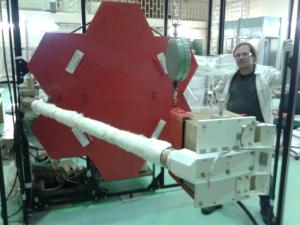
Photo 4. The mirror of TUS telescope with a protective cap.
